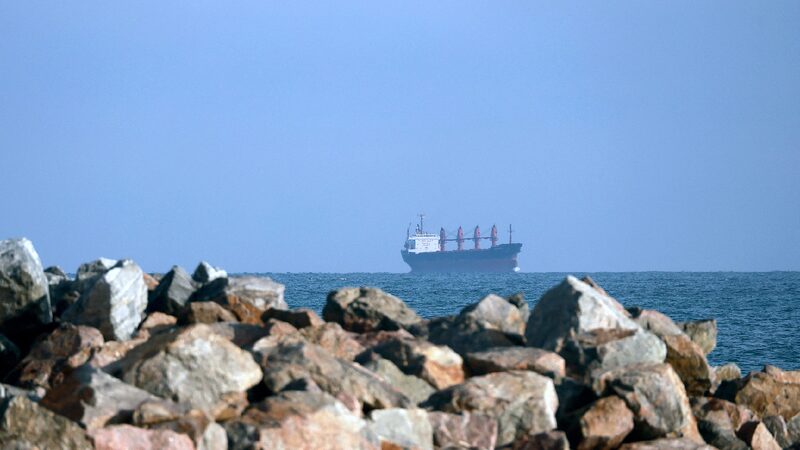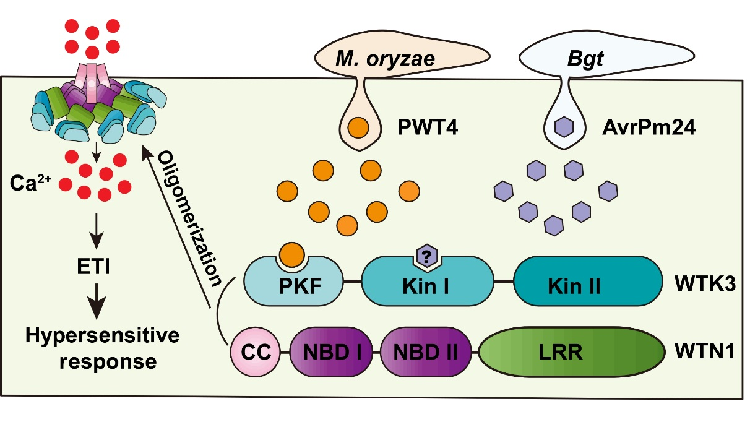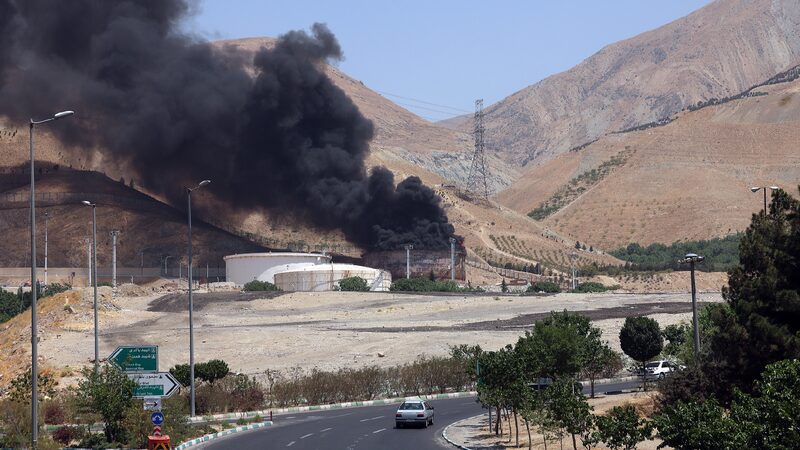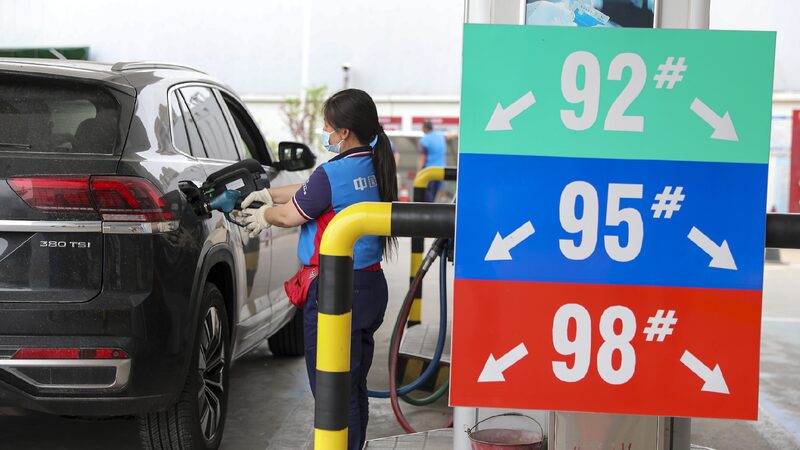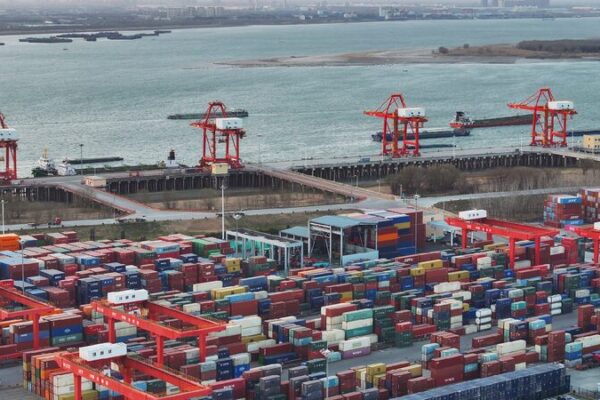The Russia-Ukraine conflict, now in its third year, is reshaping global commodity trade and impacting economies worldwide. This ongoing crisis has not only altered political landscapes but also caused significant fluctuations in the prices of essential goods like oil, natural gas, and food.
Major Fluctuations in Commodity Prices
When the conflict began in 2022, global commodity prices saw dramatic changes. Some prices soared by over 50%, and certain items, such as potassium chloride fertilizer, jumped by more than 150%. Each escalation in the conflict led to noticeable spikes in prices—European natural gas prices increased by 7.5%, and global oil and wheat prices rose by about 2% with each major military event.
As the conflict continues, markets have somewhat adjusted, and the immediate impact on prices has lessened. However, prices remain higher than they were before the conflict started.
Regional Differences in Impact
The price changes have varied across different regions and commodities. Europe has been hit the hardest, with natural gas prices more than doubling, significantly affecting households and industries. Asia has also felt the effects, with liquefied natural gas (LNG) prices rising by 50-70%. North America has experienced less impact comparatively.
Oil prices have been volatile globally, with average prices in 2022 around 50% higher than the previous year. Although there’s been a slight decrease in 2023, prices are still higher than they were in 2021. Agricultural and mineral commodities have also fluctuated but not as sharply as energy resources.
Shifts in Trade Flows
Sanctions against Russia and Belarus by the United States, the European Union, and other countries have led to a decrease in exports from these nations. As Europe moves away from Russian energy imports, Russia has redirected its exports to other regions, notably Asia. This has created new trade partnerships and altered the dynamics of the global energy market.
Moreover, disruptions in Ukrainian exports due to the conflict have affected the global food supply, leading to significant short-term food price volatility.
Changes in Investment and Future Implications
Investors are now more cautious about putting money into Russia, Belarus, and Ukraine due to uncertainties about their long-term stability. The high and unstable commodity prices have prompted countries to look for alternatives, investing more in sustainable and low-carbon technologies. This shift is changing the global investment landscape, reducing emphasis on high-carbon energy sources and increasing focus on scarce metals essential for new technologies.
These changes could have profound effects on future commodity prices and the global economy, influencing everything from energy production to the availability of essential goods.
Reference(s):
Russia-Ukraine conflict: Transforming global commodity trade dynamics
cgtn.com
